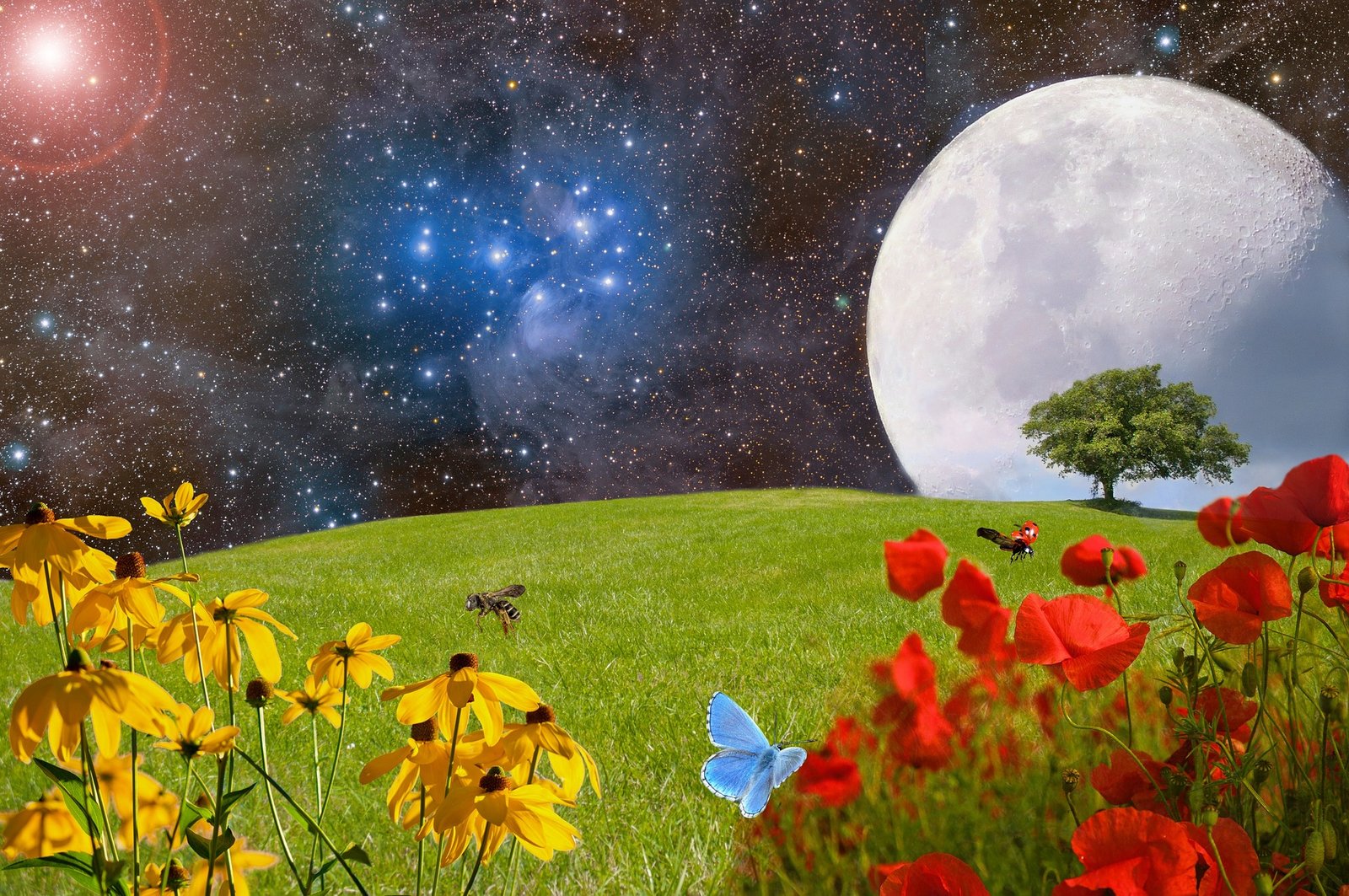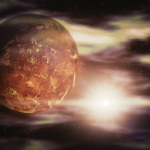
The Artificial Plant Habitat is like a space terrarium that isn’t much bigger than a microwave. It has red and green peppers that jut out at 45-degree angles. The peppers whirl around their heads until the astronauts catch them and tape them to a piece of paper to take a picture of them. Astronauts are being watched and talked to by a team of engineers and plant scientists on Earth. When the plants grow for 138 days, astronauts remove them and throw them away.
This is the last project for Plant Habitat-04. This fall’s two pepper harvests, in October and November, will give us information about the nutritional and psychological benefits of growing vegetables on a spacecraft, as well as how well a crop can grow in microgravity for a long time. Controlled environment farming isn’t new, but the APH experiment shows how specialized growth habitats have evolved. It doesn’t want to recreate the conditions on Earth. Instead, it wants to get better at each single thing that affects plant growth in a spaceship.
Advanced plant habitat
Lashelle Spencer, a plant scientist at NASA’s Kennedy Space Center, says that the advanced plant habitat is the most complicated system for growing plants in space right now. Light color and intensity can be changed, as well as how much water the plants’ roots are getting. On the day after Thanksgiving, Spencer has been at Kennedy since 5 am to help with the peppers’ last harvest. This is how it works: As part of the project team, she helped prepare the seeds that were sent into space in July. She also helped astronauts learn how to keep the plants alive in space.
Her job will start when the fruits come back. She’ll be doing a lot of tests on them. Spencer wants to make it possible to grow healthy plants in space, so those plants can keep astronauts healthy on long-term missions.



